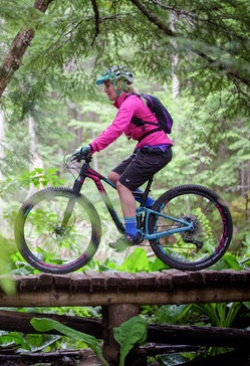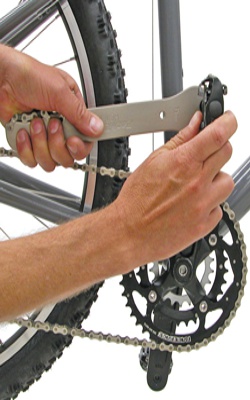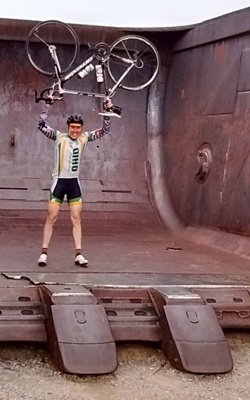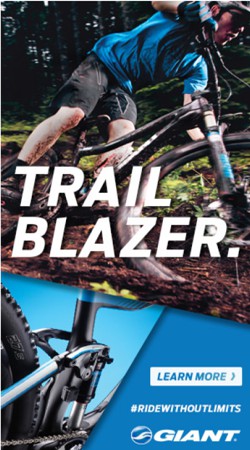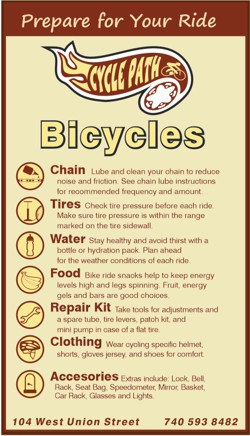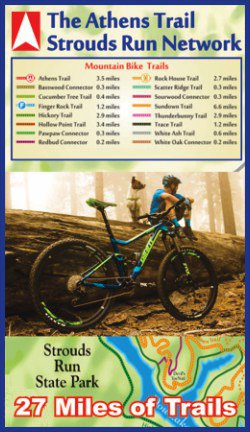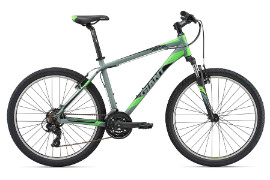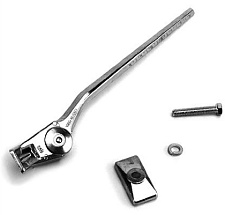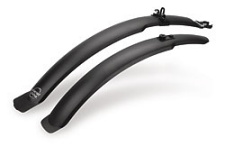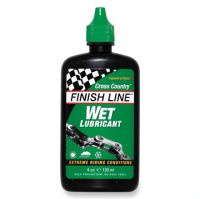Products
- Accessories
- » Auto Racks
- » Bags & Baskets
- » Bells and Horns
- » Bicycle Racks
- » Child Carriers
- » Cyclo Computers
- » Fenders
- » Fitness/ Trainers
- » Hydration
- » Kickstands
- » Lights
- » » All Lights
- » » Combo Lights
- » » Headlights
- » » Tail Lights
- » Locks
- » Mirrors
- » Pumps
- » Trailers & Strollers
- » Training Wheels
- Apparel
- » Glasses
- » Gloves
- » Helmets
- » Jerseys
- » Outerwear
- » Shoes
- » Shorts
- Bicycles
- » 3 Wheel Bicycles
- » All Terrain / Mountain
- » » 27.5 Mountain Bikes
- » » 29er Mountain Bikes
- » » Downhill
- » » Fat Bike
- » » Front Suspension
- » » Full Suspension
- » » Live Valve Bikes
- » » Rigid
- » » Single Speed
- » BMX Bicycles
- » Children's Bicycles
- » City Bicycles
- » Electric Bicycles
- » Hybrid Bicycles
- » Road Bicycles
- » » Cyclo Cross
- » » Drop Bar
- » » Flat Bar
- » » Gravel Bikes
- » » Single Speed / Fixed
- » » Touring
- » » Triathlon / TT
- » Tandems
- » Unicycles
- » Used Bicycles
- » Womens Bicycles
- C P Bicycle Exclusive
- Components
- » Bar Tape & Grips
- » Brake Pads
- » Chains
- » Drive Train
- » Parts Groups
- » Pedals & Cleats
- » Power Meters
- » Saddles
- » Tires and Tubes
- » Wheels
- Forks
- Frames
- Gift Certificates
- Lube & Cleaners
- Miscellaneous
- » Club Membership
- » Everyday Bargains
- » Feature Bikes
- » Maps
- » Nutrition
- Tools & Repair
- » Component Specific
- » » Drivetrain Tools
- » » » Bottom Bracket Tools
- » » » Cassette & Cog Tools
- » » » Chain Tools
- » » » Crank Tools
- » » » Pedal Tools
- » » Headset Tools
- » » Hub Tools
- » » Tube & Tire Repair
- » » Wheel Tools
- » Miscellaneous Tools
- » Multi Tools
- » Repair Stands
- » Tool Kits
Your Cart
| 0 Product(s) in cart |
| Discounts $0.00 |
| Total $0.00 |
| » Checkout |
Clincher Road Tires
|


